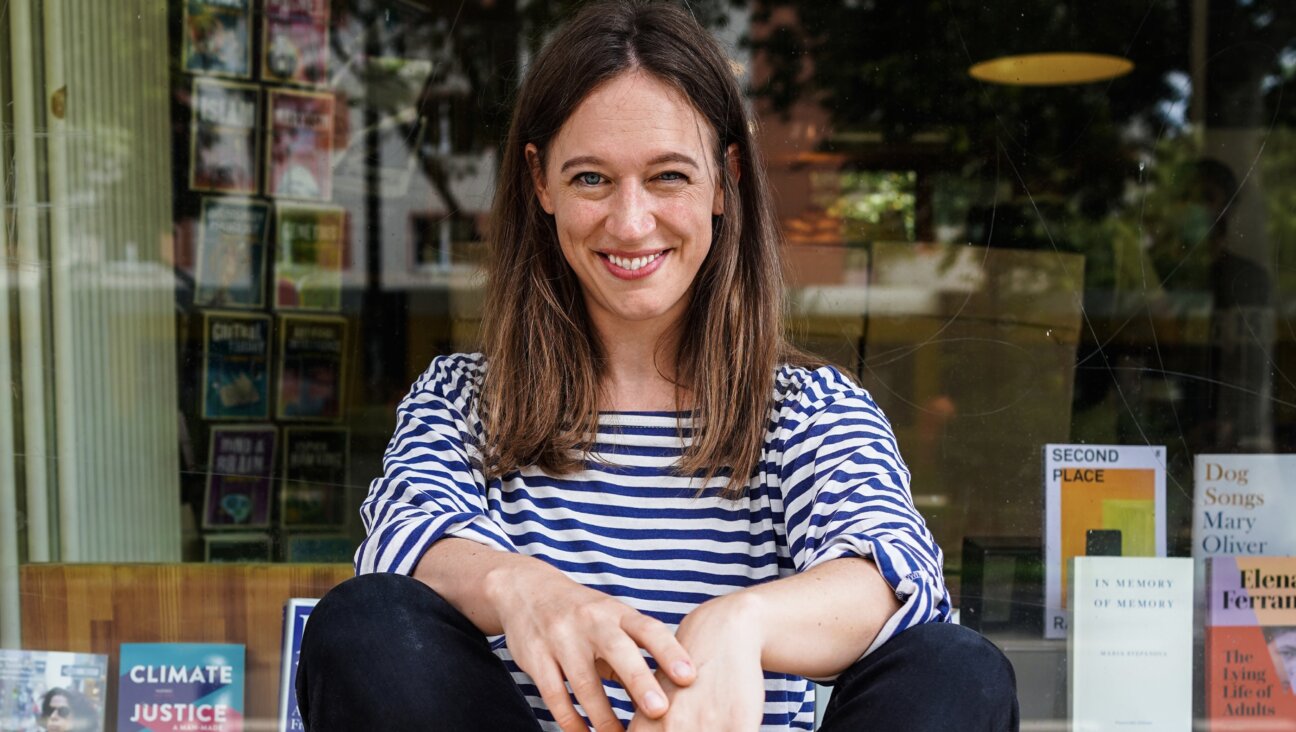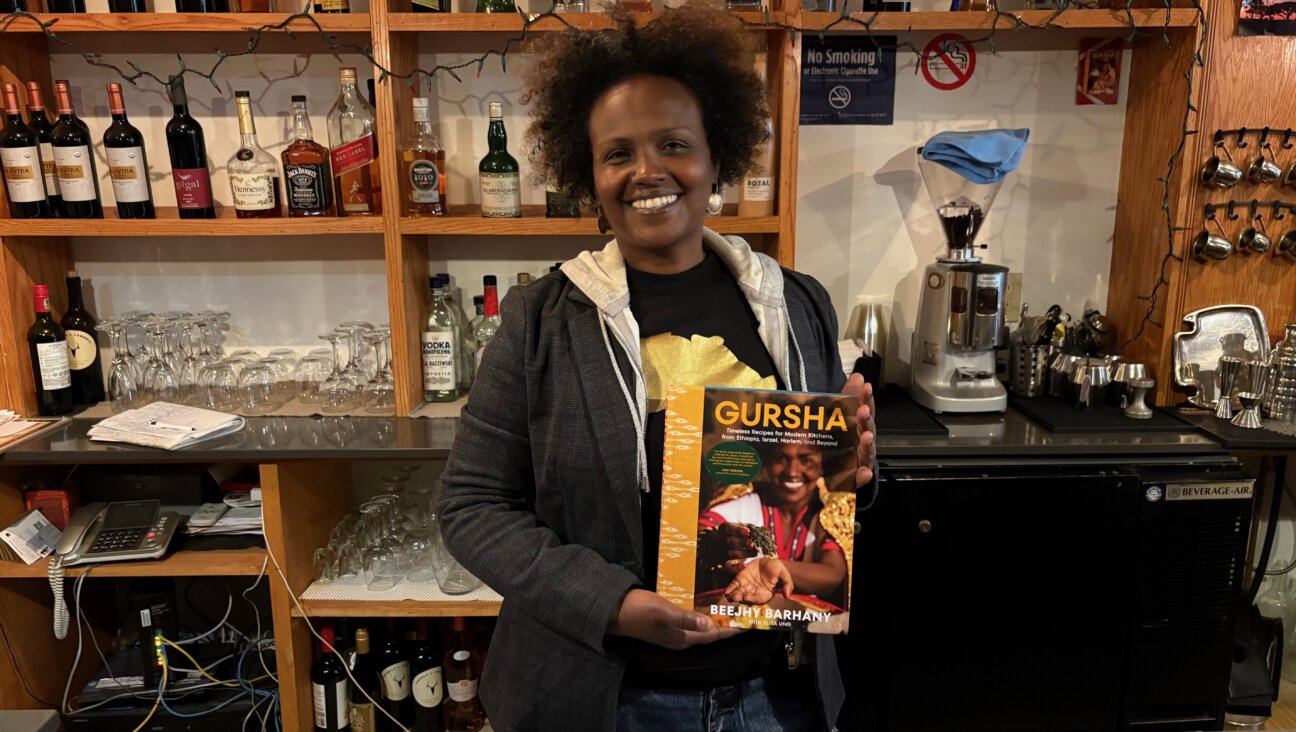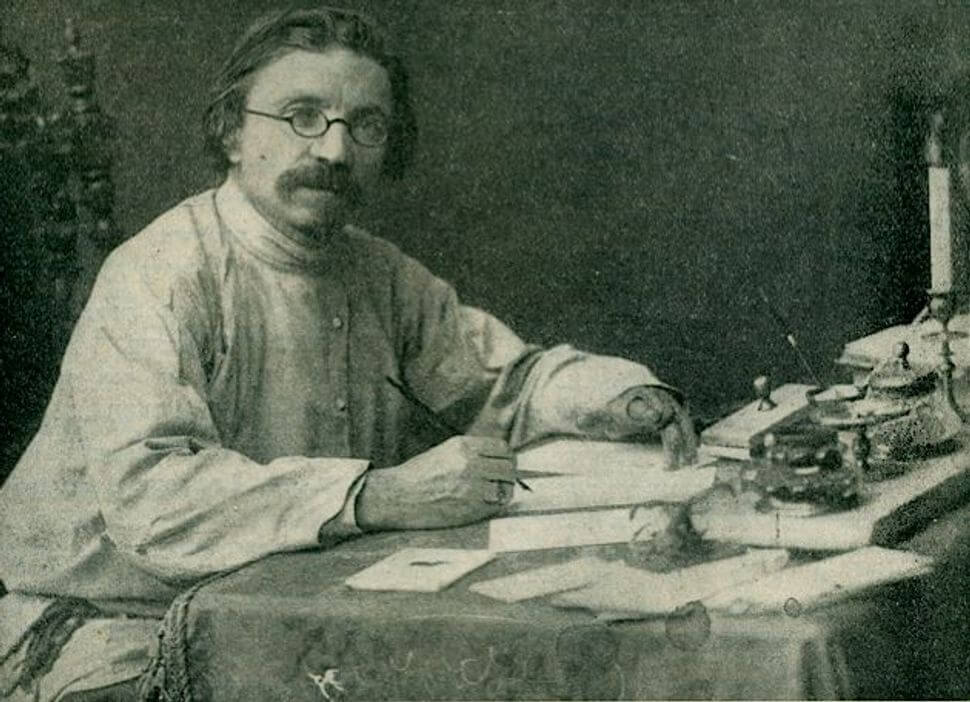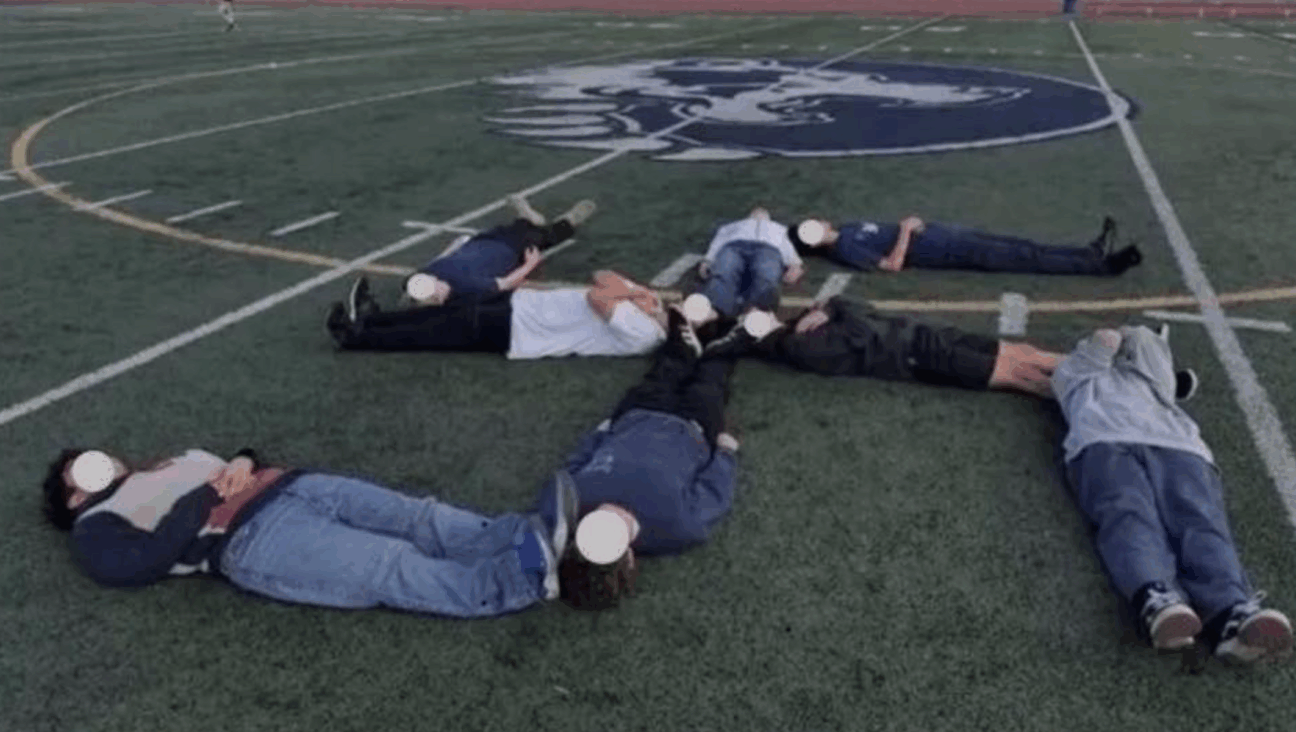From Hard Boiled Eggs To Indian Buffets: The Foods Of Indian Shivas
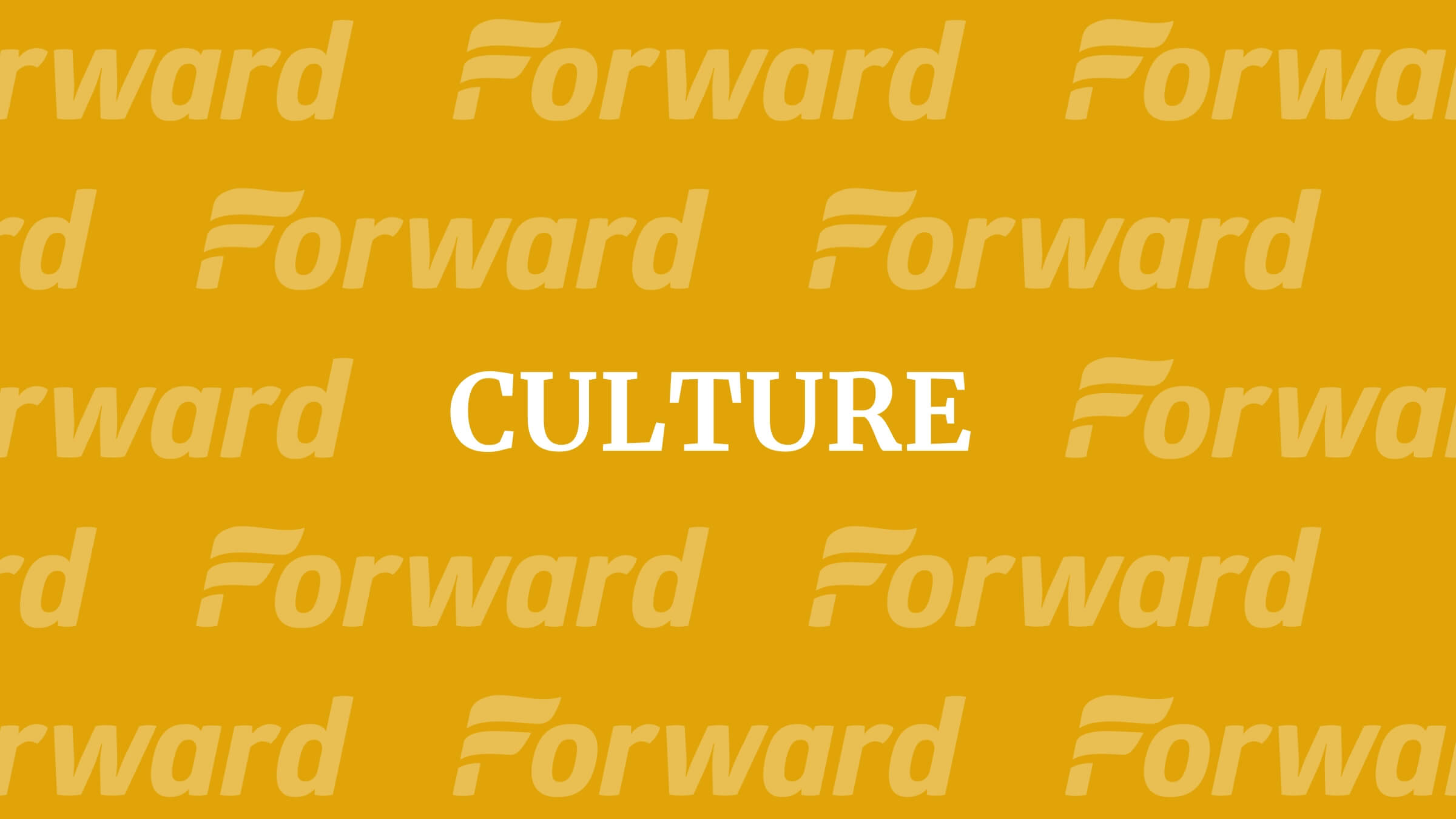
Graphic by Angelie Zaslavsky
At tables of food lining a neighborhood courtyard, a steady stream of visitors helped themselves to an al fresco meal. But the presence of several people on low chairs, eating from plates on their laps, suggested this was no festive occasion.
Indeed, this was a public feast customary among Indian Jews sitting shiva, the seven-day period of mourning following the death of a family member. For Yonah Berman, the scene offered a cultural lesson the Montreal rabbi would not soon forget.
On a trip to Israel, Berman unexpectedly found himself in that courtyard while accompanying a colleague on a shiva call in the town of Kiryat Gat, where many immigrant Indian Jews have settled. As he recalls, tables of food including fragrant rice and chicken, had been set up under the cloak of a big tent for the dozens of men filing through; women stayed inside the house.
As Berman took it all in, he quickly learned what the gathering was about: the immediate family gives a meal for the community as a symbolic gesture “to erase” any debts the deceased may have owed.
This practice and others may not be widely known but are still observed in certain communities. One idea mentioned in the Talmud of giving the bereaved 10 cups of wine to help them relax has long been abandoned.
But apart from sustenance, food consumed during shiva serves a symbolic role. Among both Ashkenazic and Sephardic Jews, a hard-boiled egg or another rounded, edible reminder of the circle of life is customarily eaten by mourners post-burial.
“Bagels have become a modern twist on that,” Berman notes. And “it’s typical Jewish food.”
The link between mourning and eating something round can be traced back to biblical times, when Jacob cooked lentils for his father, Isaac, following the burial of his father, Abraham.
And the legume’s closed shape symbolizes “the mourners’ inability to take part in normal conversation during shiva,” explains Berman.
Still, there’s another side to shiva food — that which mourners avoid, albeit in different ways. Some steer clear of comestibles they consider luxuries, such as ice cream. Ashkenazic Jews don’t eat meat or drink wine from the death until after the burial, notes Rabbi Chaim Steinmetz of Montreal. In Sephardic tradition, that customary prohibition extends throughout shiva, with some opting to replace red meat with chicken on Shabbat, says Raphael Afilalo, a rabbi and hospital chaplain in Montreal.
Traditions may vary, but there is one that most Jews instantly recognize: overwhelming the bereaved with food.
Mourners are not permitted to cook for themselves; when they return from the cemetery, the obligation rests with the “community” to provide their first meal, se’udat havrah’ah, the meal of consolation. Friends and family fulfill this obligation so well, and not just on the first day, that as the week of mourning progresses, “‘what are we going to do with all this food?’ becomes a major concern and a diversion,” notes Ottawa’s Rabbi Reuven Bulka in his book, “Turning Grief Into Gratitude.”
Rabbi Alan Bright says he’s seen buffets laid out that “would put a bar mitzvah to shame.” When shiva visitors are eating and shmoozing, it creates an informal atmosphere that the Montreal rabbi finds frustrating. “That’s not what shiva is all about.”
In all those platters delivered to a shiva house, our intent is to nourish and console. But it’s the hard-boiled egg, eaten at the outset of shiva, where Bulka draws strength.
“Hopefully, like the egg, those embroiled in tsuris [trouble or woes] will get stronger.”

